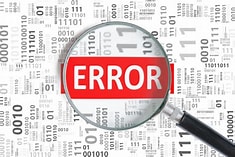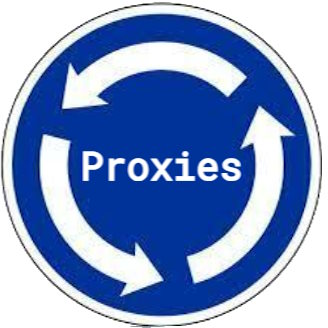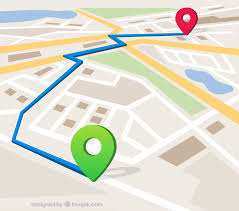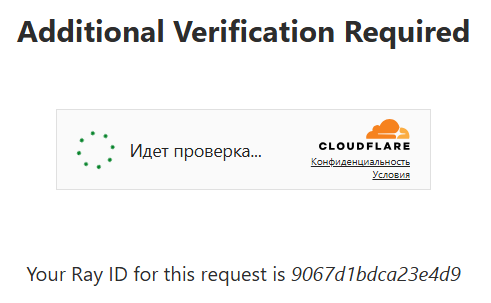
In the modern web 2.0 the sites that have valuable data (eg. business directories, data aggregators, social networks and more) implement aggressive blocking measures, which can cause major extraction difficulties. How can modern scraping tools (eg. Sequentum Cloud) still be able to fetch data of actively protected sites?
Sequentum is a closed source point and click scraping platform that integrates everything we need to bypass anti-bot services, including management of browsers, device fingerprints, TSL fingerprints, IP rotation, user agents, and more. Sequentum has had its own custom scraping browser for more than a decade, and as one of the most mature solutions on the market, they are able to support atomic level customization for each request and workflow step. As such, Sequentum Cloud is an out-of-the-box advanced scraping platform with no upfront requirement to stand up infrastructure, software, or proxies. It also has a very responsive support team, which can be useful in coming up to speed on one’s approach and is quite unique in the scraping industry. In this test, we were able to configure a site with very aggressive blocking and, with some refinement of error detection and retry logic, were able to get some of the most protected data consistently over time.
For this test, we pointed their tool at a major brand on Zoro.com, a site with aggressive blocking. Initial attempts yielded 32K records which was 94% of the estimated 34K entries. We worked with support to understand the ways to customize the advanced error detection and retry logic included in the Sequentum platform to the behavior of the Zoro.com site and was able to get 100% of the data. In this article we are sharing what we have learned.
The overall test results of Sequentum Cloud and Oxylabs API (shared in a post) might be summarized in the following comparison table.
| Success rate | Avg. seconds per page | Estimated cost | Rating |
| Sequentum Cloud Agent | 100% | 0,4
(provided 10 browsers) | $12
($3.75 per 1GB traffic of res. proxy) |  |
| Oxylabs' API | 90% | 11 | ~$60
($2 per 1000 requests) |  |
The preconfigured API [of Oxylabs] is already built [and maintained] for an end user. Sequentum Cloud Platform is rather an open tool, and agents can be customized in a myriad of ways. Hence it can take longer to build a working agent [compared to a ready-API] but for the most part a custom agent is the better way to apply in an industrial scale for one’s custom use case.













